In the former Soviet Union, Palaces of Culture—known in Russian as Dvrortzi Kultury, or DKs—were important community centers. They hosted dance performances, hobby groups, and movie screenings. Today, many still stand, but few are operational or properly funded.
Almost two years ago, Dmitry Lookianov started driving around central Russia to document what remains of 18 of these places, including simple wooden rural clubs, huge constructivist buildings, and palaces of the Stalin era, for his book, Dkdance.* While some of the DKs are still used, he found many in bad shape and in need of repair. Mostly, his photos represent a tradition in decline.
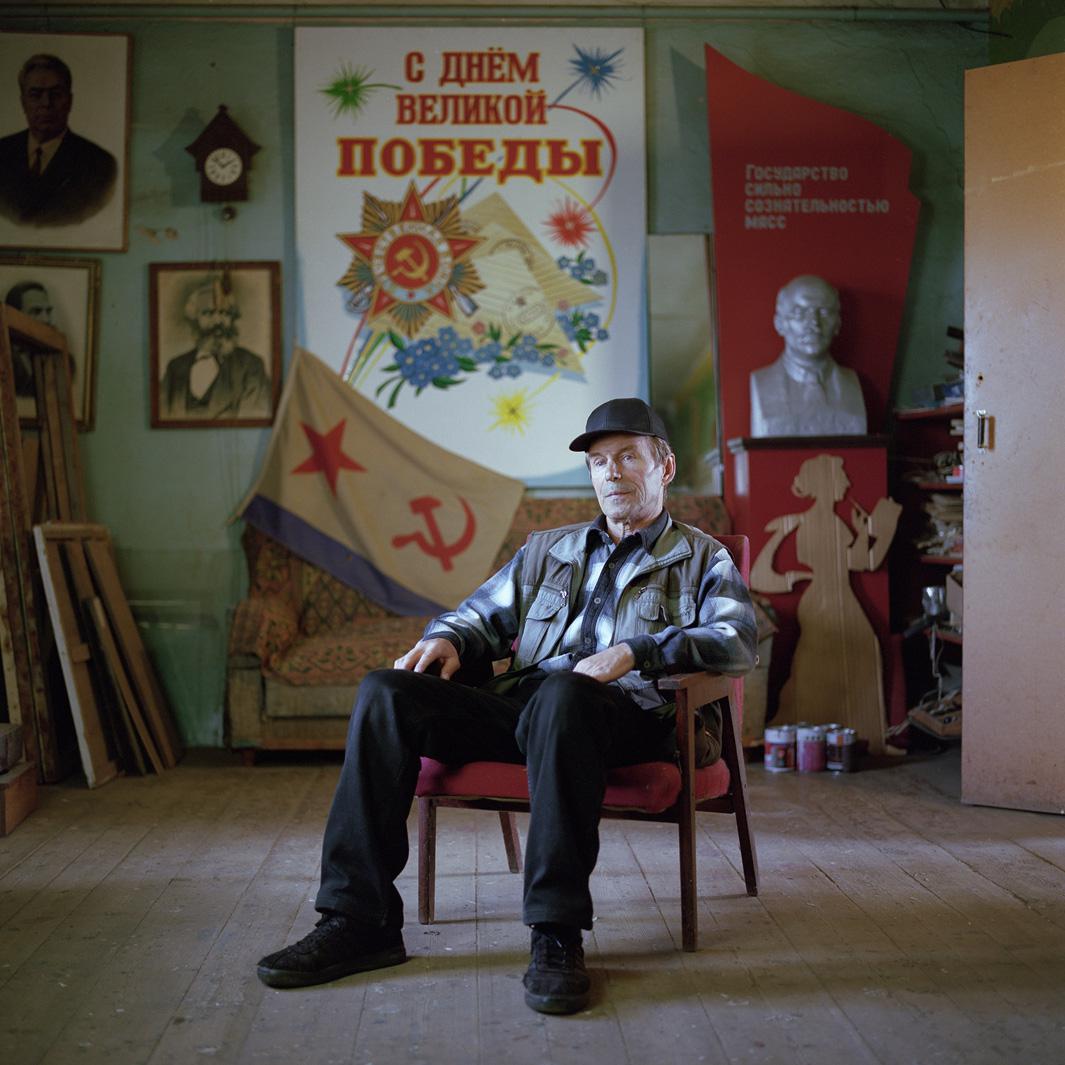
Dmitry Lookianov
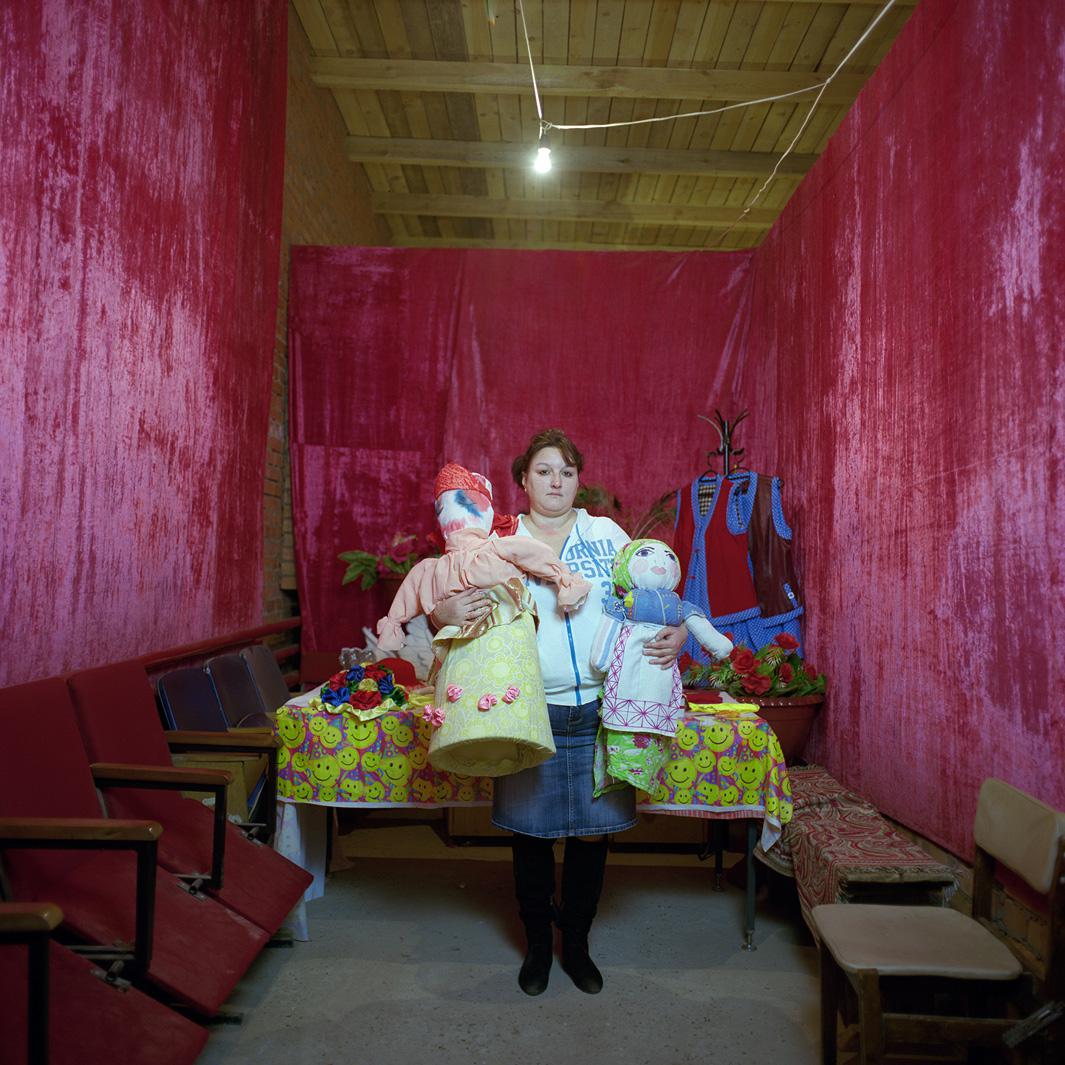
Dmitry Lookianov
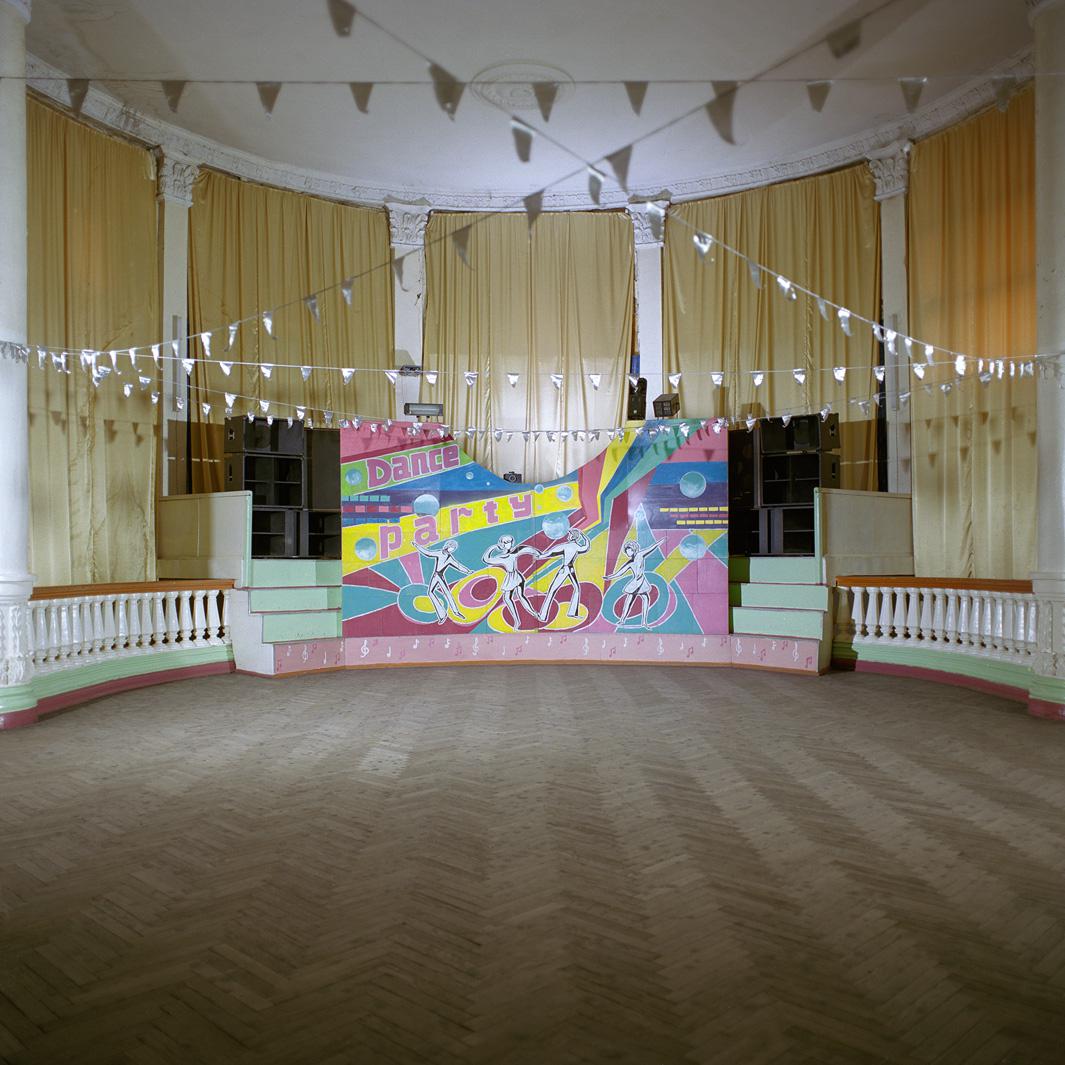
Dmitry Lookianov
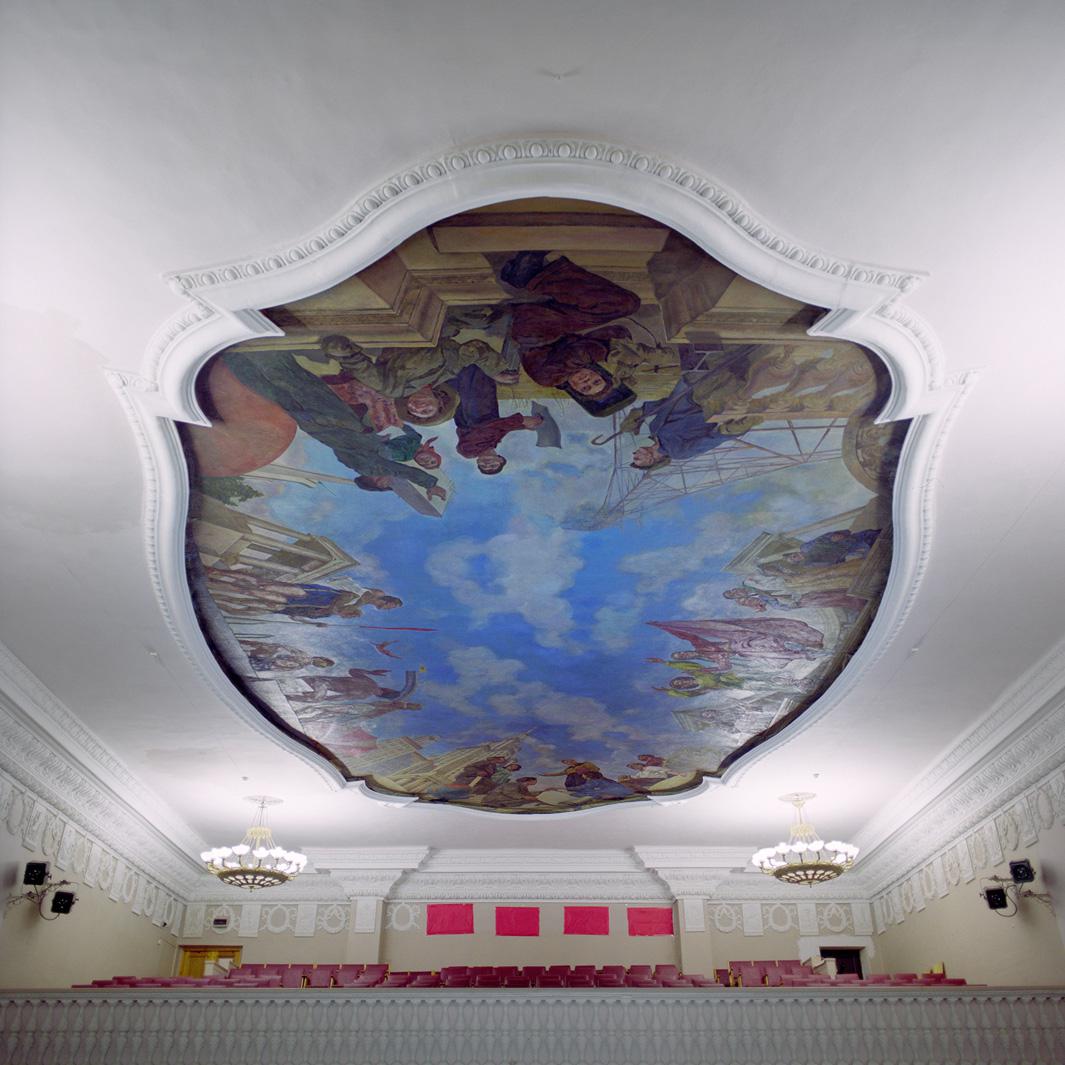
Dmitry Lookianov
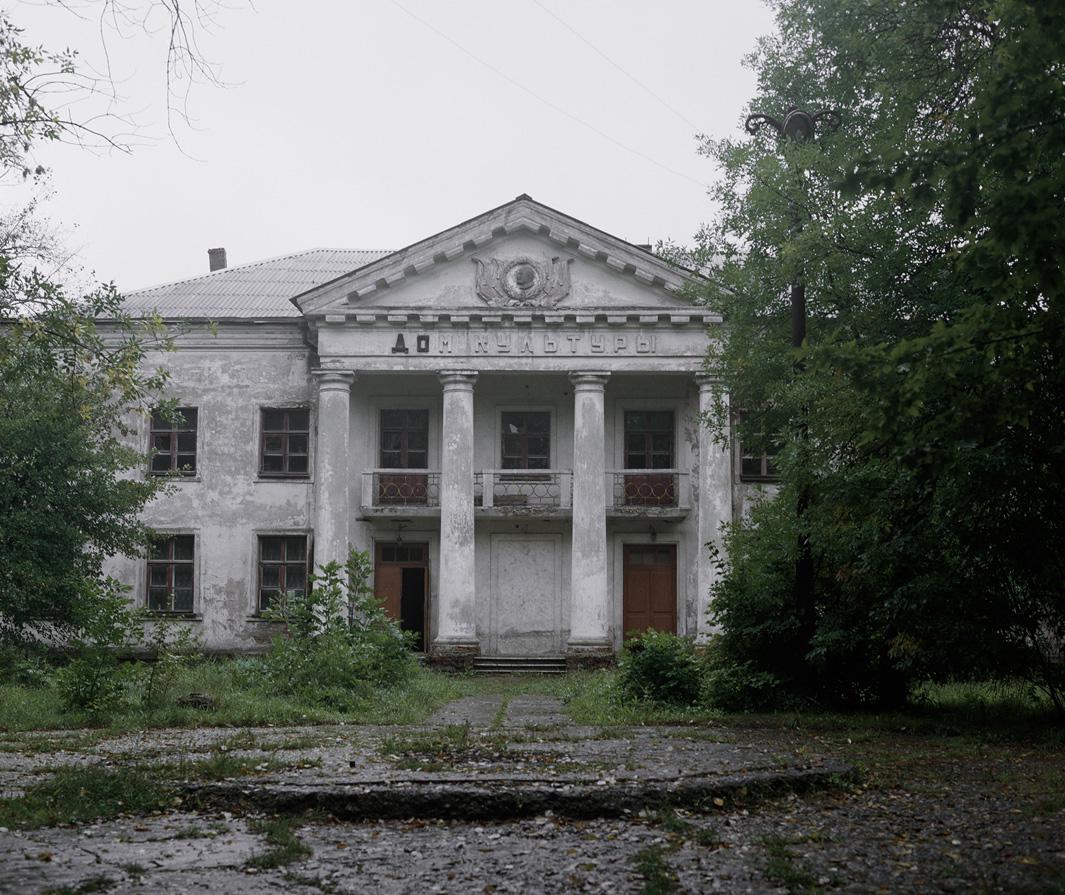
Dmitry Lookianov
“Budgets are allocated reluctantly, and people are losing their interest increasingly in such institutions as there are many ways to spend free time now. Cultural programs at DKs have really become outdated, and there is nothing with which to fill the gaps,” Lookianov said via email. “In the early 1990s, it was popular to go to discos at the DKs but today it is irrelevant as young people prefer to go to nightclubs and bars.”
Initially, Lookianov said, the DKs were intended to “contribute to public education and promote party ideas.” Traces of the grand ambitions of their former Soviet proprietors remain in some of the DKs, but those, too, are threatened. In some of the DKs, Lookianov said he saw Soviet murals and mosaics stripped away, and others crudely covered over with plaster.
“Nowadays the government doesn’t pay enough attention to cultural policy, except in big cities,” Lookianov said. “In many regions, a DK often remains the only institution of its kind. It makes you wonder about a strong cultural imbalance in Russia.”

Dmitry Lookianov

Dmitry Lookianov
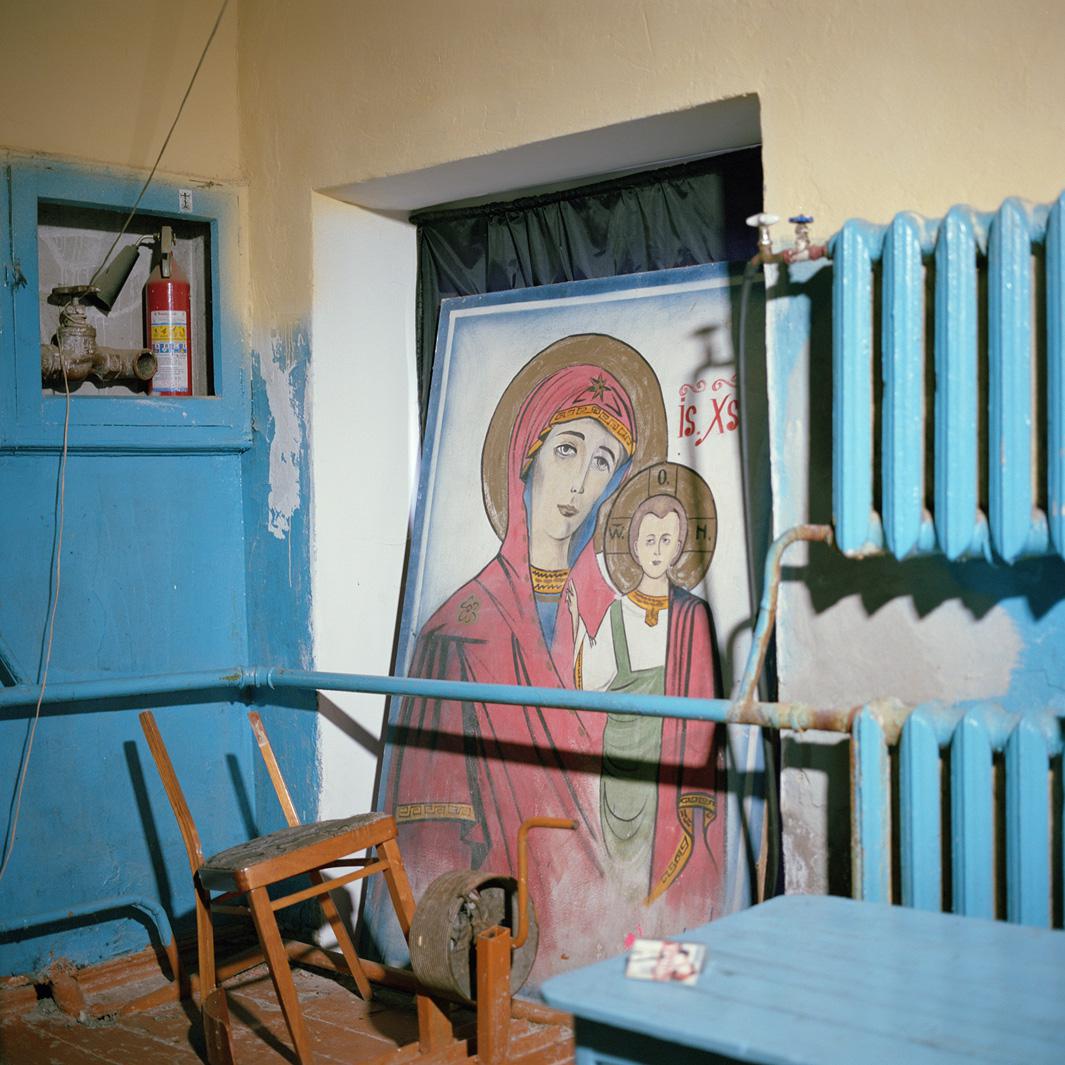
Dmitry Lookianov
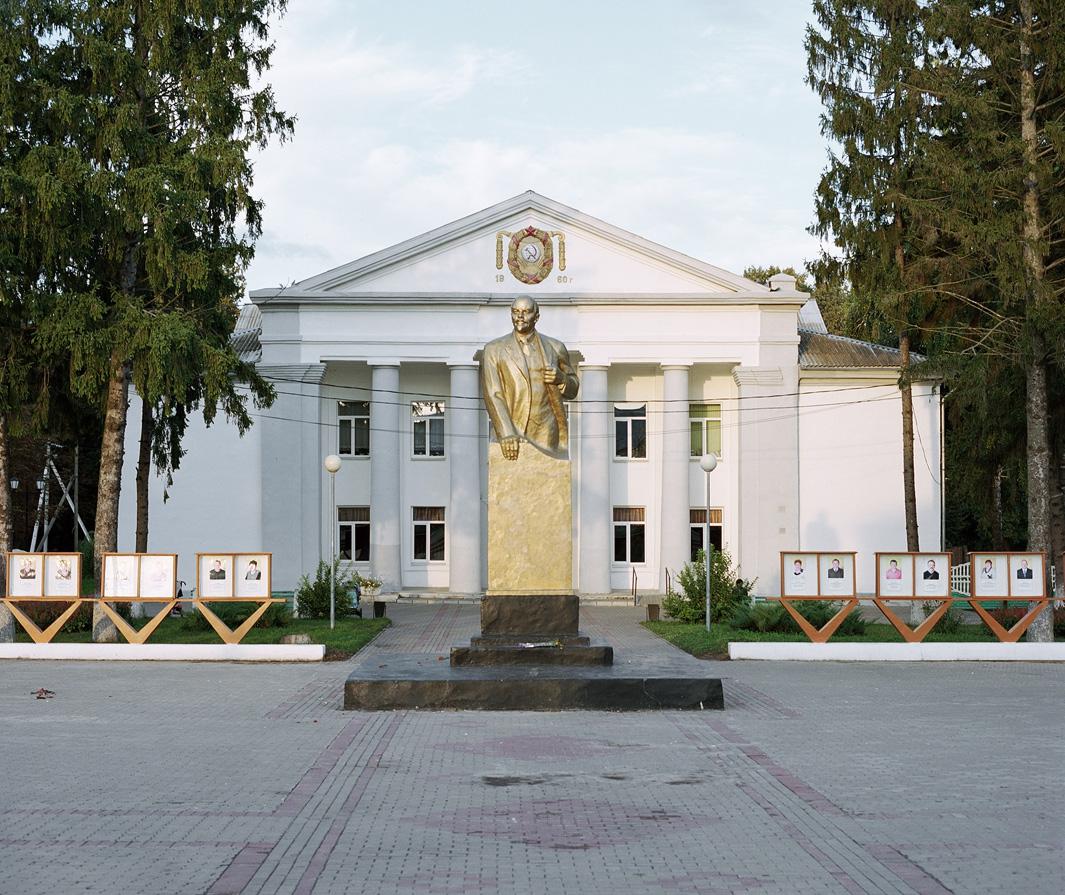
Dmitry Lookianov
Correction, Jan. 13, 2015: This post originally misidentified palaces from the Stalin era as “constructivist buildings.” The photographer Dmitry Lookianov photographed both constructivist buildings and palaces from the Stalin era.
